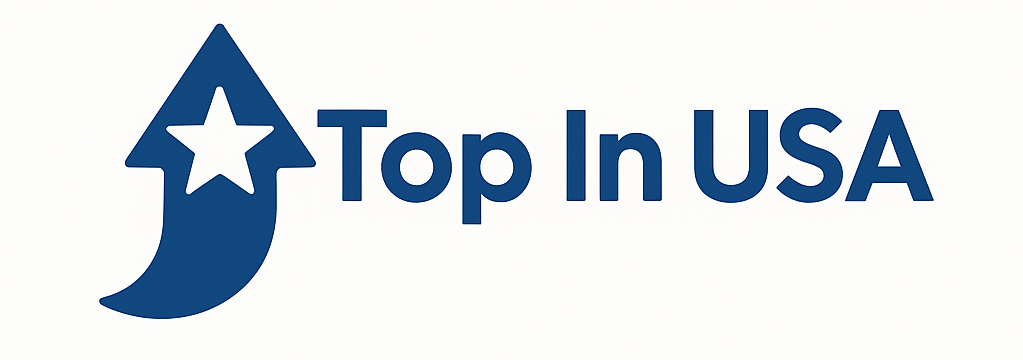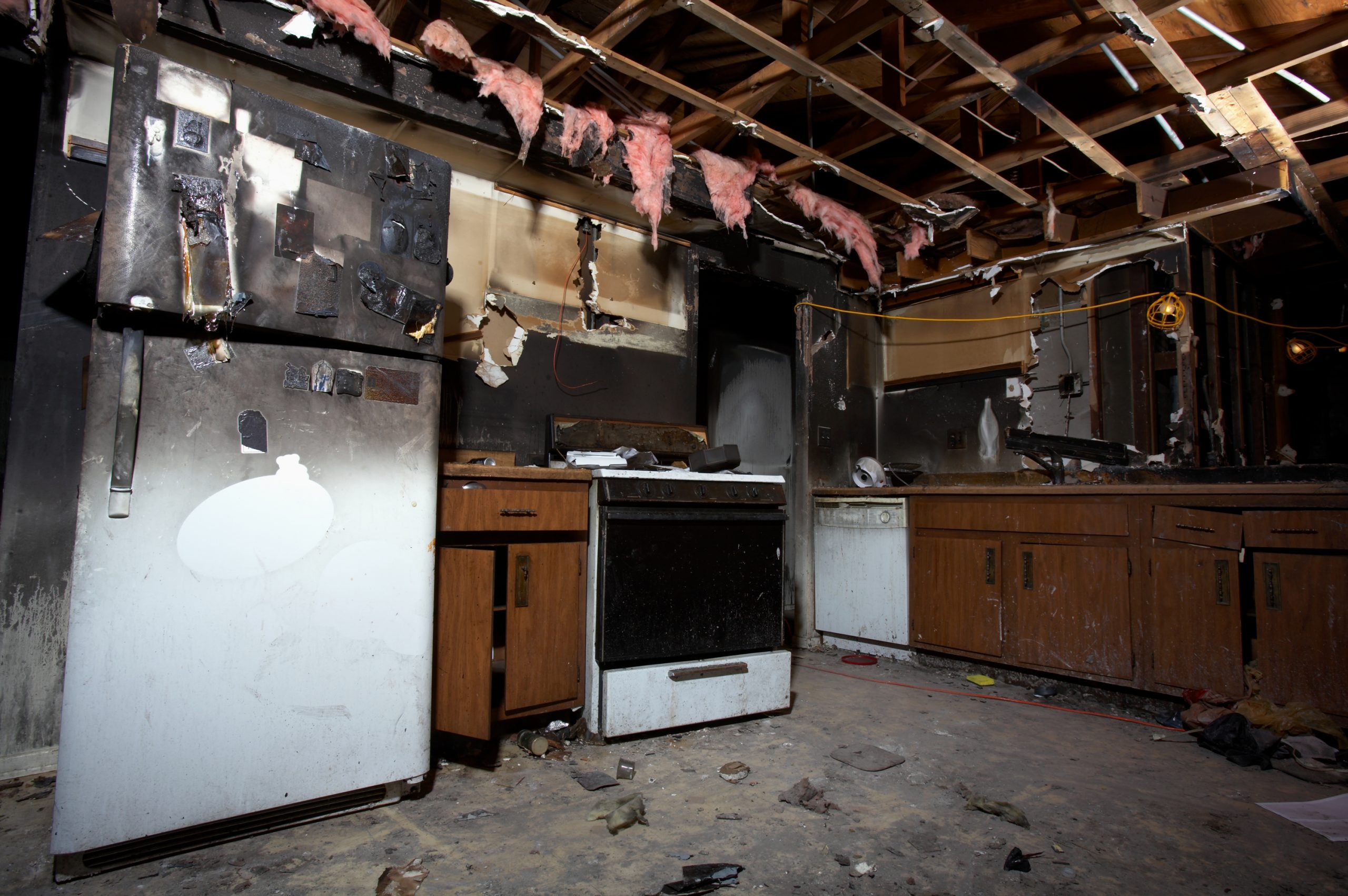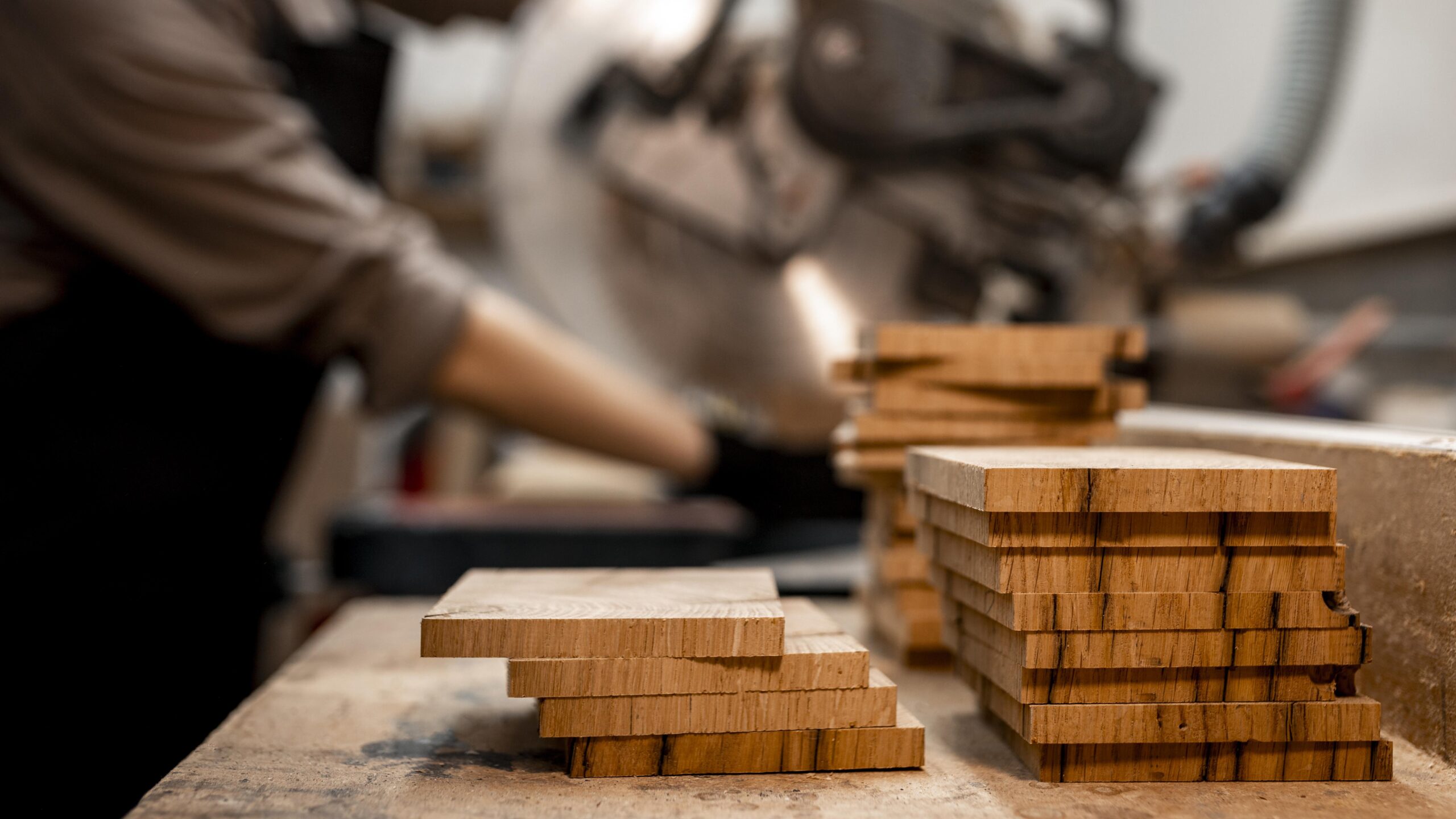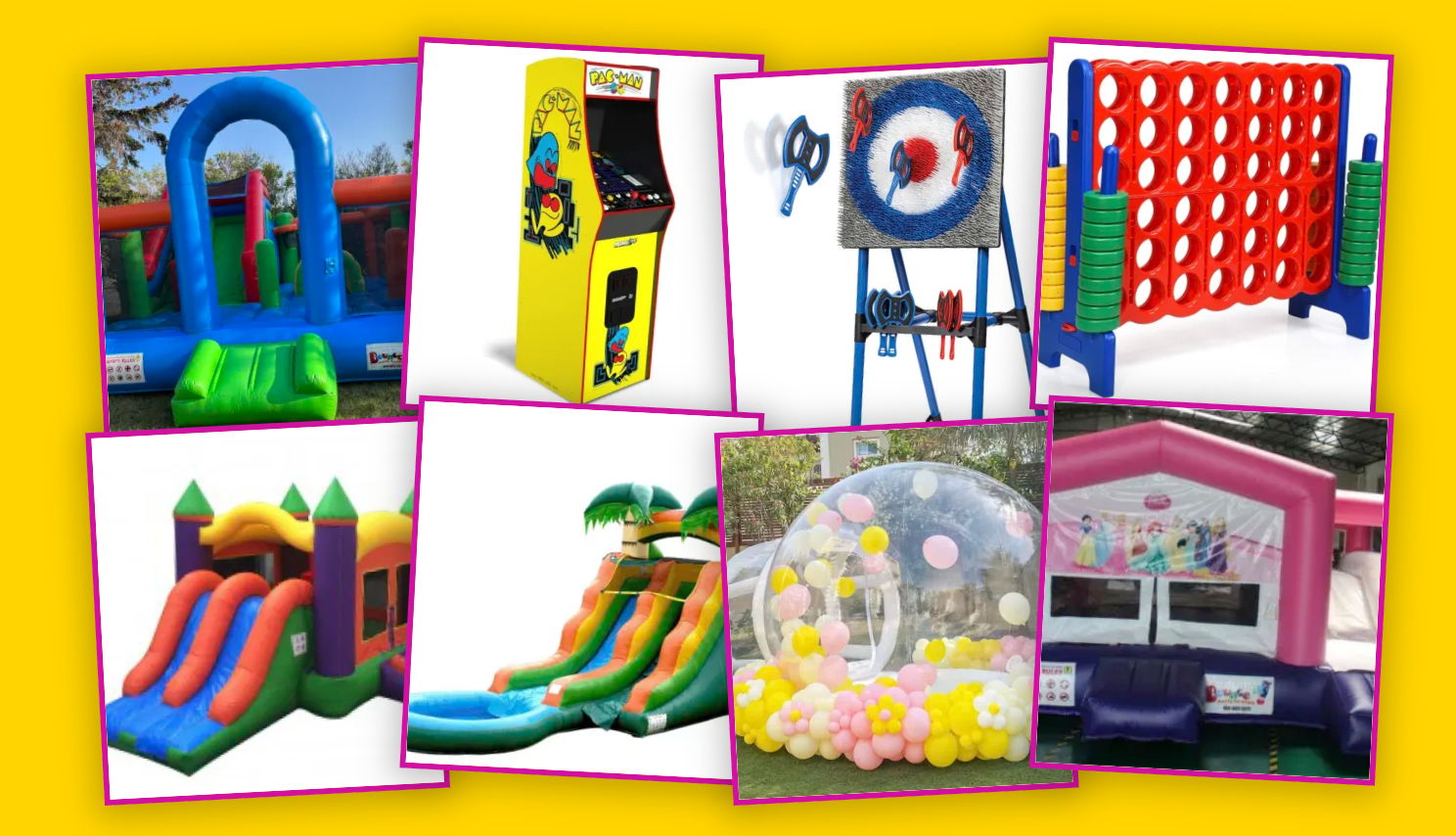Experiencing the damage caused by fire can be overwhelming for homeowners, commercial property owners and property managers alike. The most obvious damage is the destruction of the property, but there is frequently hidden water damage from firefighting, extensive smoke and soot and potential mold growth. For Michigan property owners experiencing property insured losses, knowing how to properly assess fire damage and budget for restoration is essential to restoring safety, functionality and property value. Lyon Restoration, an IICRC-certified local contractor, shares practical guidance to help property owners, managers, and insurance professionals navigate the process.
Understanding the Types of Fire Damage
Fire damage is not just what meets the eye—it affects different areas of a property in distinct ways. Understanding the type and scope of damage is the first step in planning effective restoration:
- Smoke Damage: Smoke can penetrate walls, ceilings, fabrics, carpets and HVAC systems, causing pervasive odors and discoloration. Without proper cleaning, the smoke residue can continue to affect air quality and even corrode surfaces over time.
- Soot Damage: Soot is a fine black powder formed from incomplete combustion. It can settle on almost every surface, including electronics and furniture and can be harmful to your health if you inhale it. Ensure that it is removed using special equipment and methods.
- Structural Damage: The heat from a fire may weaken beams, walls, and other load-bearing structures. These problems get overlooked and the costs of restoration may skyrocket if ignored.
- Water Damage: Ironically, firefighting efforts can bring in water damage which can encourage the growth of mold, warping and deterioration of walls, floors and ceilings. Early intervention is crucial in order to prevent secondary damage.
Immediate Steps to Take After a Fire
Once the fire is put out and the authorities say it is safe to go in, it is important to take immediate action to prevent further damage from occurring:
- Ensure Safety First: Confirm that all occupants are safe. Wear protective gear, including gloves, masks, and sturdy footwear.
- Secure the Property: Boarded up broken windows, doors or openings in the roof are necessary to deter theft, vandalism or damage by weather.
- Document the Damage: Take extensive photos and videos for your records and insurance claims. Get far out shots as well as close ups.
- Contact a Professional Restoration Service: Lyon Restoration’s experts can perform a detailed assessment, identify hidden damage, and provide guidance on next steps.
- Address Water Damage: Begin drying areas that were affected by firefighting water (using fans and dehumidifiers and removing undamaged belongings where safe).
Conducting an Initial Fire Damage Assessment
A thorough assessment is critical for planning restoration and budgeting accurately. When evaluating your property, focus on:
- Charred Materials: Identify burned wood, drywall, or furniture to determine which areas need full replacement.
- Soot Deposits: Look for soot spread, including less visible areas like ceilings, ductwork, and electronics.
- Structural Issues: Check for warped beams, cracks in walls, or compromised supports. Structural concerns should be handled immediately by professionals.
- Water Damage: Inspect for swelling, bubbling paint, wet carpets, or moisture in hidden cavities.
Tips for Documenting Damage:
- Take clear photos of every room, even those that appear unaffected.
- Maintain detailed notes describing the type, location, and extent of damage.
- Record videos narrating damaged areas, noting particularly critical issues for insurance adjusters.
- Create an inventory of affected personal items, including approximate values.
Estimating Restoration Costs
Accurately estimating costs is essential to avoid surprises and ensure insurance coverage aligns with the work needed.
Professional Restoration Costs:
- Labor and Expertise: Certified professionals bring knowledge, experience, and safety compliance.
- Specialized Equipment: Restoration companies use tools for deep cleaning, structural drying, and smoke removal that are not typically available to homeowners.
- Time Efficiency: Professionals can complete repairs faster, reducing overall disruption.
- Comprehensive Services: Many providers, like Lyon Restoration, bundle structural repair, smoke and soot removal, water mitigation, and mold prevention into one service.
DIY Repair Costs:
- Materials and Tools: While avoiding labor costs, DIY projects require purchasing or renting specialized tools.
- Time Investment: DIY projects can be time-consuming, especially for extensive damage
- Skill Limitations: Inexperienced repairs may require redoing, increasing costs over time.
Unexpected Expenses to Budget For:
- Local permits for structural repairs
- Professional inspections for safety compliance
- Temporary housing if your property is uninhabitable
- Discovery of hidden issues like mold or damaged wiring
Evaluating When to Hire a Restoration Service
Not all fire damage should be handled DIY. Professional restoration services provide safety, efficiency, and long-term protection. Consider calling experts if you encounter:
- Extensive Structural Damage: Compromised beams, walls, or foundations require professional repair.
- Electrical Issues: Fire-damaged electrical systems pose serious safety risks and should only be repaired by licensed electricians.
- Smoke and Soot Contamination: Widespread contamination in porous materials or HVAC systems requires professional cleaning.
- Hazardous Materials: Asbestos, lead, or other toxic substances must be safely removed by trained specialists.
Why Choose Lyon Restoration:
- IICRC-certified in fire, water, and mold restoration
- Experienced in working with insurance providers in Michigan
- Offers comprehensive, minimal-disruption solutions for homes and commercial properties
- Handles multi-damage scenarios efficiently and effectively
Planning for a Smooth Restoration
To minimize disruption and protect property value:
- Work in phases if necessary, prioritizing structural safety first.
- Coordinate closely with insurance adjusters to ensure claims cover all damage.
- Keep open communication with tenants or occupants to reduce stress and confusion.
- Document each step of the restoration for both legal and personal records.
Example: A Lansing commercial property phasing restoration was done while fixing affected units first with tenants residing in unaffected units. This technique reduced downtime and extra costs and ensured safety and productivity.
Final Thoughts
Accurate fire damage assessment as well as thoughtful budgeting are the cornerstones of a good restoration process. By acting promptly, documenting thoroughly, and working with an IICRC-certified restoration service like Lyon Restoration, Michigan property owners can restore safety, function, and value efficiently.
If your property has experienced fire, water, or mold damage, Lyon Restoration provides expert guidance and comprehensive restoration solutions tailored to your needs. Contact us today to begin restoring your property with as little disruption as possible and as much peace of mind as possible.




